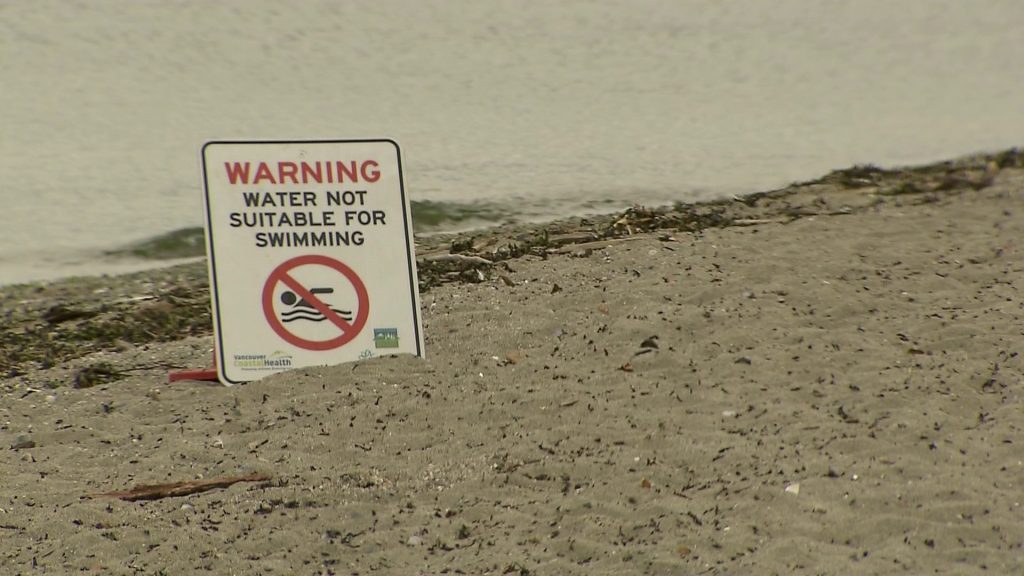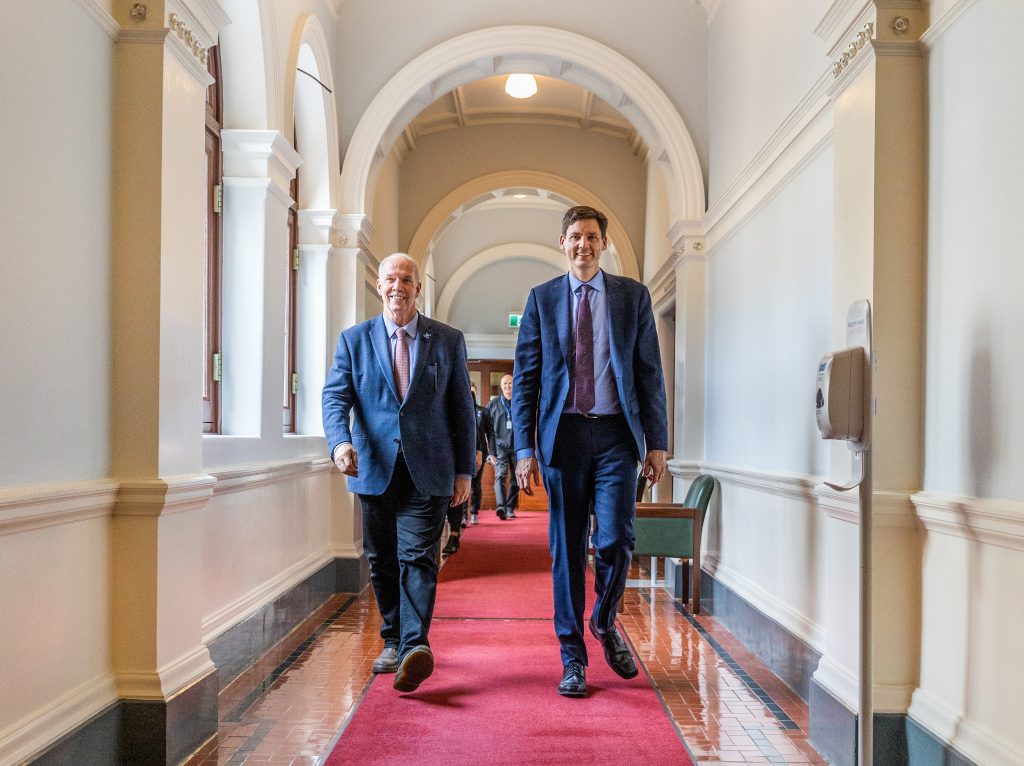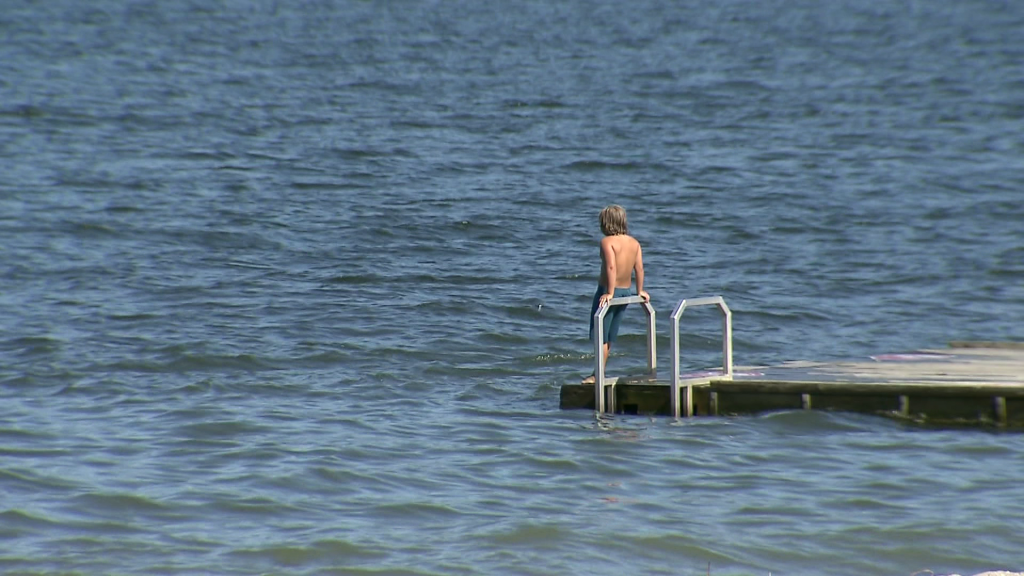Vancouver city council to vote on adding more pedestrian safety measures
Posted May 29, 2024 6:46 am.
Last Updated May 29, 2024 10:21 am.
Leading Pedestrian Intervals, or LPIs, give pedestrians a head start when crossing the road and Vancouver city council is set to vote on a motion to expand the number of LPIs across the city on Wednesday.
Coun. Lenny Zhou tells CityNews the motion will try to double “or triple” the amount of LPIs in the city.
“LPI is a very low cost but very effective, based on the number from staff, it’s about $2,000 for every intersection, but it will reduce accidents by 60 per cent,” he said.
There are currently around 50 LPIs installed around Vancouver, with one of the first ones installed at the Davie and Burrard streets intersection.
LPIs give pedestrians a three to seven second head start before the light turns green for vehicles travelling in the same direction.
Lucy Maloney, traffic safety advocate for Vision Zero Vancouver, says LPIs allow for pedestrians to establish themselves in the crossing, “and makes them more visible to motorists.”
“Sometimes motorists, in the absence of LPIs, can cut off pedestrians and make it more dangerous,” she added.
The Davie and Burrard intersection was the site of a pedestrian hit and run just three months ago, when a 90-year-old woman was struck. Other notable intersections in the city include West Georgia and Cordova streets, and East Hastings and Main streets.
Maloney says pedestrians are most at risk when cars are turning left on green or turning right on red.
“Where we install an LPI, it’s important to ban right turns on red,” she explained. “Because we don’t want drivers to think it’s possible to sneak in ahead of the pedestrians when they have a LPI otherwise pedestrians may not realize that’s what drivers are doing.”
The motion also includes other traffic calming measures like narrowing roads to reduce speeds, curb bulges and raised zebra crossings. If passed, staff will evaluate which intersections are most in need.








